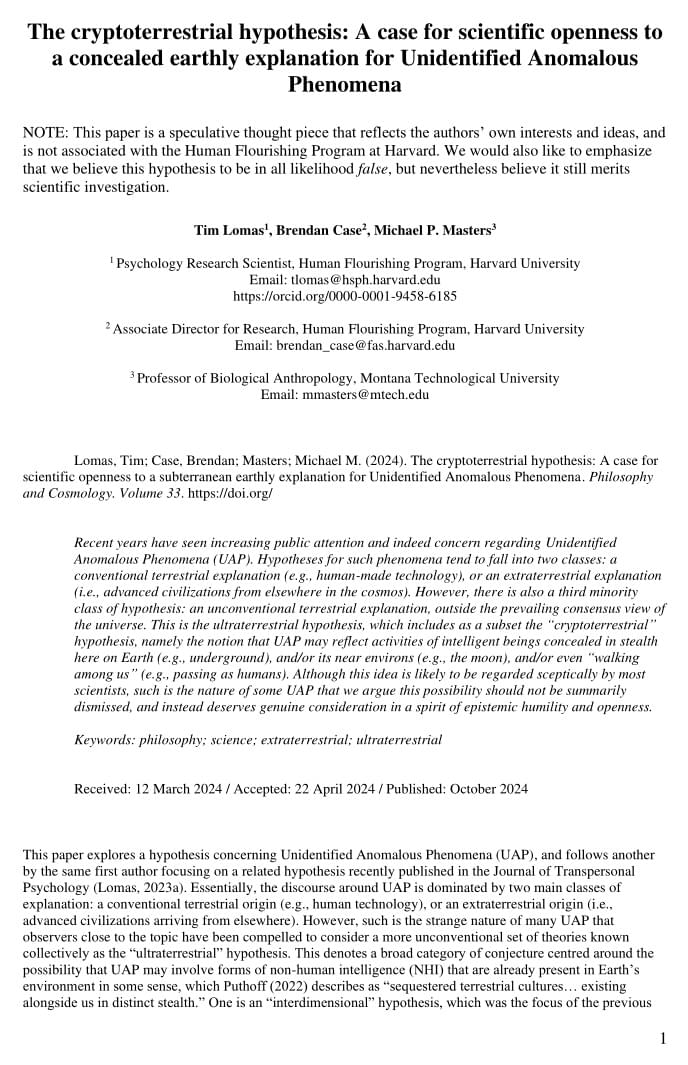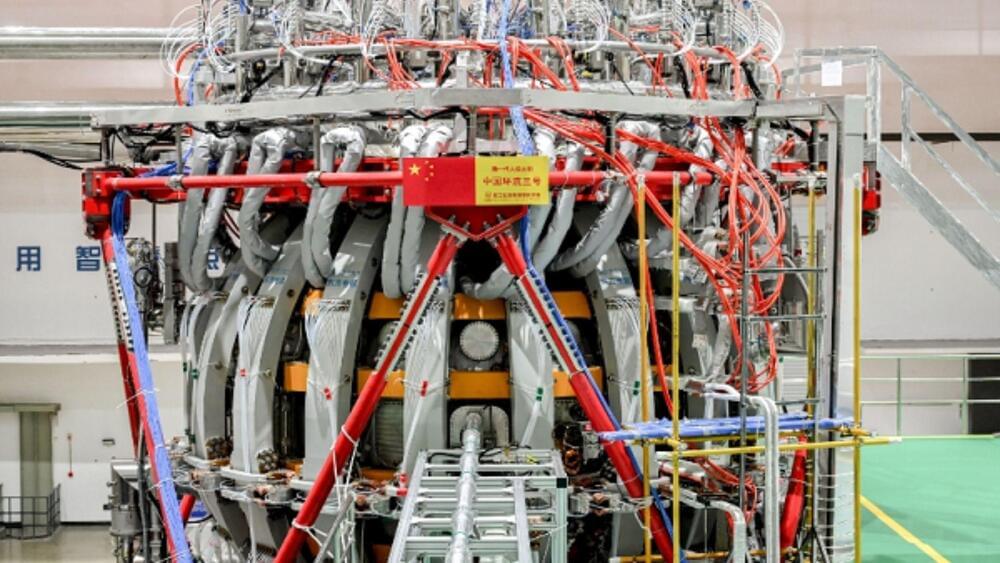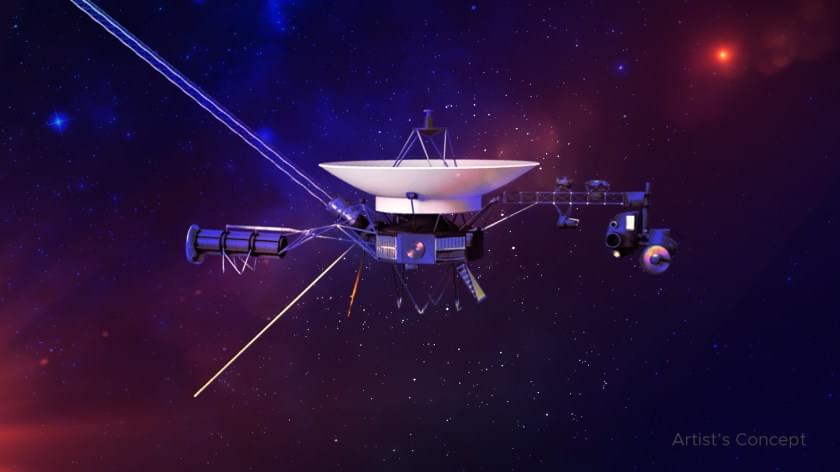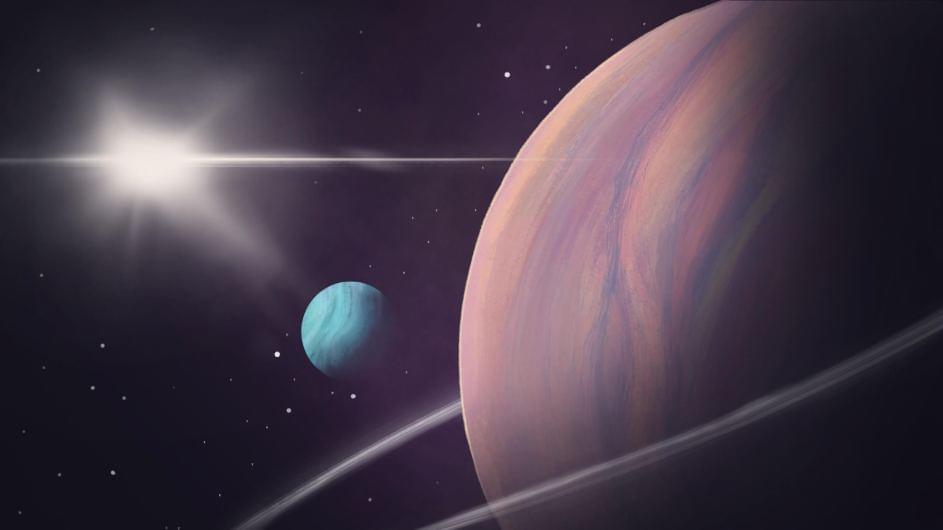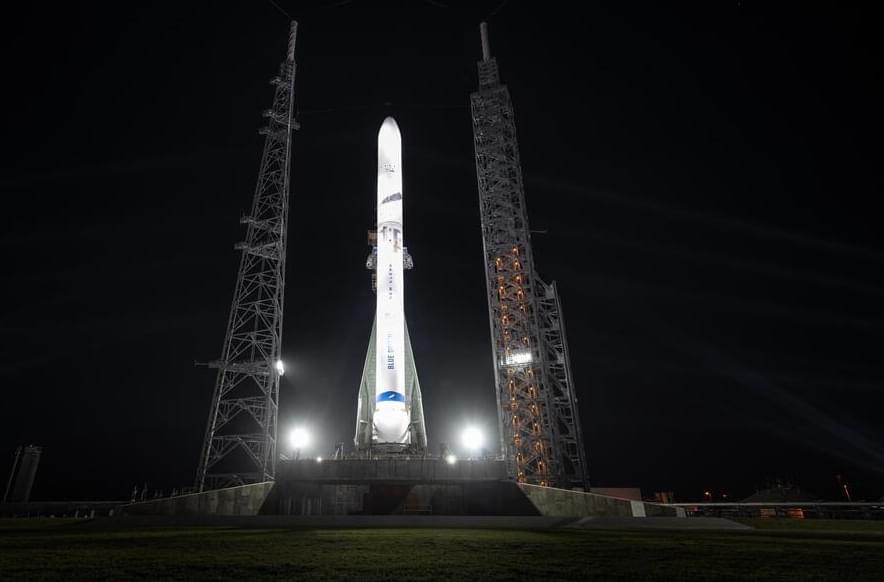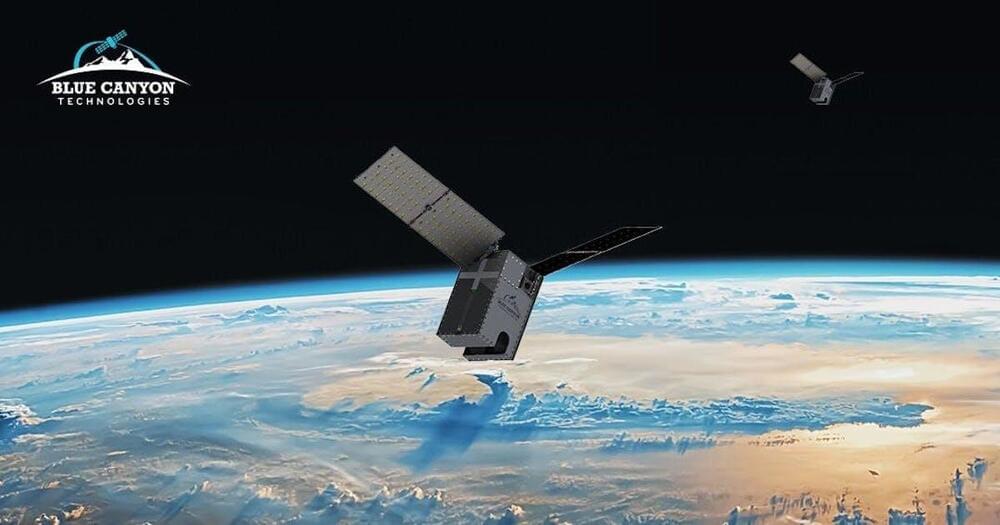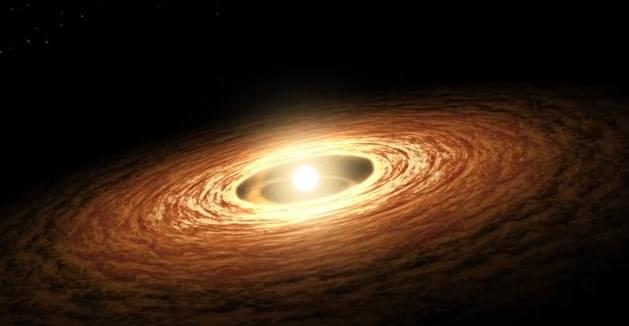Jun 15, 2024
The cryptoterrestrial hypothesis: A case for scientific openness to a concealed earthly explanation for Unidentified Anomalous Phenomena
Posted by Saúl Morales Rodriguéz in category: space
Recent years have seen increasing public attention and indeed concern regarding Unidentified Anomalous Phenomena (UAP). Hypotheses for such phenomena tend to fall into two classes: a conventional terrestrial explanation (e.g., human-made technology), or an extraterrestrial explanation (i.e., advanced civilizations from elsewhere in the cosmos). However, there is also a third minority class of hypothesis: an unconventional terrestrial explanation, outside the prevailing consensus view of the universe. This is the ultraterrestrial hypothesis, which includes as a subset the “cryptoterrestrial” hypothesis, namely the notion that UAP may reflect activities of intelligent beings concealed in stealth here on Earth (e.g., underground), and/or its near environs (e.g., the moon), and/or even “walking among us” (e.g., passing as humans). Although this idea is likely to be regarded sceptically by most scientists, such is the nature of some UAP that we argue this possibility should not be summarily dismissed, and instead deserves genuine consideration in a spirit of epistemic humility and openness.
